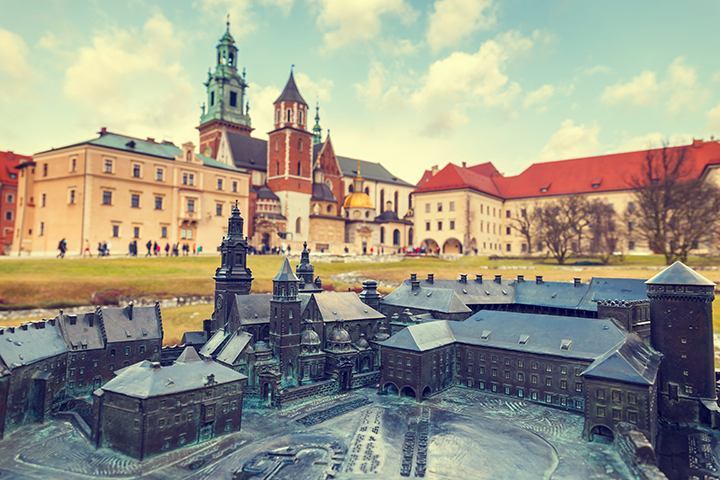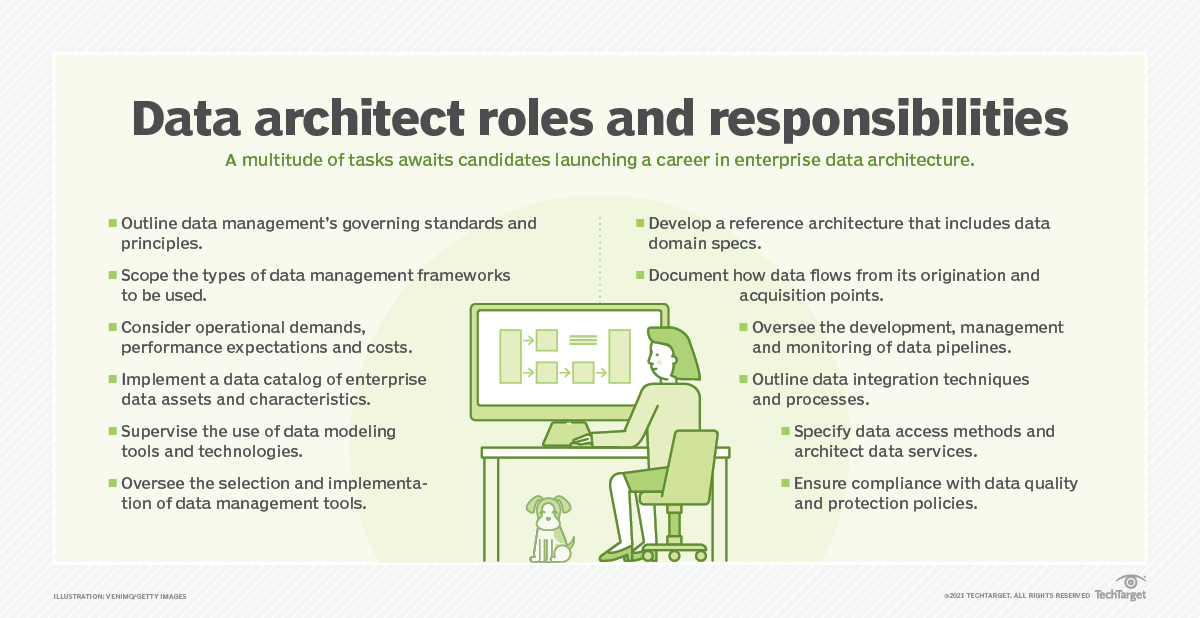The Art of Model MakingWhen I was in the seventh grade, our teacher took us on a field trip to see an architect as part of an exploration of careers that seemed to have been in vogue at the time. Like most kids of that age, the idea of being an architect sounded pretty boring as we headed out, as I pictured a big office with people doing “office-y” things, but when we finally got there, I saw something that would affect me profoundly. The architect was this tall bearded man who, when we came in, was working on a diorama of a church, about three feet tall, in all its resplendent glory. The church, mostly glass, seemed to have a reality to it belied by its size, due in part to lights placed strategically on the diorama, and the architect had even included walkways and a small pond with tiny people racing boats on it, the water a shaped pane of glass. This was when I first realized that an architect was, when you got right down to it, a model maker. He gave our class some advice that day, advice that I’ve carried over into my own adventures in the virtual world. “A model,” he said, “is an experiment, a way of testing a design. What does the building look like from a distance? How does it handle light or air movement? Is there adequate distance for people to move around, to admire their surroundings, and lift their spirits? “We build models because it is a lot less expensive to build a model and discover design flaws than it is to create the actual building and discover the same. We also build models to help us estimate costs – how much would it cost if we used this kind of stone vs. that? The drawings on paper (which are also models) are useful, but until you actually create something in physical space, they can also be misleading. “In that respect, models allow us to gain different perspectives on a problem. It’s worth noting that the model is not the thing it represents, and that representation does not have to be a minute recreation of everything that the building will become. Instead, such a model looks at the salient properties that we want to explore, while minimizing those things that aren’t important. “At the same time, we have to remember that models evolve over time as our understanding evolves. There have been times that we’ve had to throw out models that we spent weeks working on, because, having seen it, the client decided that some aspects of the design didn’t work for them. That’s always painful when it happens, but it also reinforces the warning about not getting too attached to any given model, because one of the primary purposes of such models is to help us better shape what we are creating by eliminating dead-end avenues. “Besides,” he said, smiling impishly, “who doesn’t like playing God, if only just for an afternoon?” Kurt Cagle To subscribe to the DSC Newsletter, go to Data Science Central and become a member today. It’s free!
Data Science Central Editorial CalendarDSC is looking for editorial content specifically in these areas for October, with these topics having higher priority than other incoming articles.
DSC Featured Articles
Picture of the Week
To make sure you keep getting these emails, please add [email protected] to your browser’s address book.
Join Data Science Central | Comprehensive Repository of Data Science and ML Resources
Videos | Search DSC | Post a Blog | Ask a Question Follow us on Twitter: @DataScienceCtrl | @AnalyticBridge This email, and all related content, is published by Data Science Central, a division of TechTarget, Inc.
275 Grove Street, Newton, Massachusetts, 02466 US You are receiving this email because you are a member of TechTarget. When you access content from this email, your information may be shared with the sponsors or future sponsors of that content and with our Partners, see up-to-date Partners List below, as described in our Privacy Policy . For additional assistance, please contact: [email protected] copyright 2021 TechTarget, Inc. all rights reserved. Designated trademarks, brands, logos and service marks are the property of their respective owners. |



